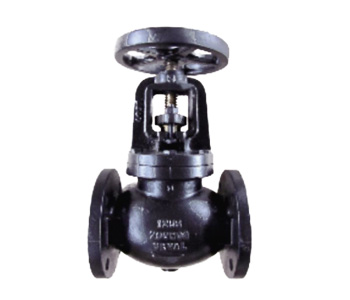9 月 . 10, 2024 02:16 Back to list
ansi gate valve
Understanding ANSI Gate Valves A Comprehensive Overview
ANSI gate valves are crucial components in various industrial applications, often utilized within pipeline systems to control the flow of fluids. The term ANSI refers to the American National Standards Institute, which sets manufacturing standards for valves, ensuring they are reliable and effective in their operations. Gate valves, specifically, are designed to start or stop the flow of fluids but are not intended for flow regulation. Their design and functionality make them ideal for applications where a straight-line flow and minimum pressure drop are necessary.
Design and Construction
ANSI gate valves are typically constructed from robust materials such as stainless steel, carbon steel, and other alloys capable of withstanding high pressures and temperatures. The valve consists of several key components the body, bonnet, gate (or disk), stem, and actuator. The body houses the internal components, while the bonnet serves as a cover and protects the valve from environmental factors. The gate is the part of the valve that moves up and down to open or close the flow, while the stem connects the gate to the actuator, which is operated by a handwheel or actuator motor.
Working Principle
The operation of an ANSI gate valve is relatively straightforward. When the handwheel is turned in one direction, the stem moves the gate downwards, effectively blocking the flow of fluid. Conversely, turning the handwheel in the opposite direction lifts the gate, allowing for fluid passage. This direct linear motion provides a tight seal, minimizing leakage, which is crucial in applications involving hazardous or expensive fluids.
Types of ANSI Gate Valves
ansi gate valve

ANSI gate valves can be categorized into two main types rising stem and non-rising stem valves. Rising stem valves features a stem that rises above the body of the valve when opened, providing visual indication of the valve's position. These are often used in applications where space is not a constraint. Non-rising stem valves, on the other hand, do not extend above the valve body, making them suitable for installations where space is limited.
Applications
ANSI gate valves are commonly used in various industries, including oil and gas, water treatment, chemical manufacturing, and power generation. Their ability to efficiently manage the flow in large pipelines makes them a preferred choice for systems that require on/off control. Additionally, they are suitable for handling both liquids and gases, expanding their versatility in different environments.
Maintenance and Inspection
To ensure longevity and performance, regular maintenance of ANSI gate valves is essential. Inspecting the valve for signs of wear, corrosion, and proper sealing is critical. The packing around the stem may require periodic adjustment or replacement to prevent leaks. It’s also important to exercise the valve periodically to prevent it from becoming stuck due to inactivity.
Conclusion
In summary, ANSI gate valves play a vital role in the management of fluid flow across various industries. Their ability to provide a tight seal and efficient operation, alongside adherence to recognized standards, makes them indispensable in many applications. Understanding their design, functionality, and maintenance requirements can significantly enhance their performance and extend their service life, ensuring operational efficiency and reliability in any system they are employed in.
Share
-
Understanding the Differences Between Wafer Type Butterfly Valve and Lugged Butterfly ValveNewsOct.25,2024
-
The Efficiency of Wafer Type Butterfly Valve and Lugged Butterfly ValveNewsOct.25,2024
-
The Ultimate Guide to Industrial Swing Check Valve: Performance, Installation, and MaintenanceNewsOct.25,2024
-
Superior Performance with Industrial Swing Check Valve: The Essential Valve for Any SystemNewsOct.25,2024
-
Industrial Swing Check Valve: The Ideal Solution for Flow ControlNewsOct.25,2024
-
You Need to Know About Industrial Swing Check Valve: Functionality, Scope, and PerformanceNewsOct.25,2024